Jamie Pamela Rasmussen - The Missouri State Penitentiary: 170 Years inside The Walls
Here you can read online Jamie Pamela Rasmussen - The Missouri State Penitentiary: 170 Years inside The Walls full text of the book (entire story) in english for free. Download pdf and epub, get meaning, cover and reviews about this ebook. year: 2012, publisher: University of Missouri Press, genre: Politics. Description of the work, (preface) as well as reviews are available. Best literature library LitArk.com created for fans of good reading and offers a wide selection of genres:
Romance novel
Science fiction
Adventure
Detective
Science
History
Home and family
Prose
Art
Politics
Computer
Non-fiction
Religion
Business
Children
Humor
Choose a favorite category and find really read worthwhile books. Enjoy immersion in the world of imagination, feel the emotions of the characters or learn something new for yourself, make an fascinating discovery.
- Book:The Missouri State Penitentiary: 170 Years inside The Walls
- Author:
- Publisher:University of Missouri Press
- Genre:
- Year:2012
- Rating:4 / 5
- Favourites:Add to favourites
- Your mark:
The Missouri State Penitentiary: 170 Years inside The Walls: summary, description and annotation
We offer to read an annotation, description, summary or preface (depends on what the author of the book "The Missouri State Penitentiary: 170 Years inside The Walls" wrote himself). If you haven't found the necessary information about the book — write in the comments, we will try to find it.
Asked how the Missouri State Penitentiary compared to other famous prisons, a historian and former prison administrator replied, Its older and meaner. For 168 years, it was everything other prisons were and more.
In TheMissouri State Penitentiary, Jamie Pamela Rasmussen recounts the long and fascinating history of the place, focusing on the stories of inmates and the struggles by prison officials to provide opportunities for reform while keeping costs down. Tales of prominent prisoners, including Pretty Boy Floyd, Sonny Liston, and James Earl Ray, provide intrigue and insight into the institutions infamous reputation.
The founding of the penitentiary helped solidify Jefferson Citys position as the state capital. A highlight in the chapter on the Civil War years is the story of George Thompson, who was imprisoned for attempting to help a number of slaves to freedom. The narrative enters the twentieth century with the controversy surrounding the various systems of inmate labor; the effort to make the prison self-supporting eventually caused punishment to be driven by factory needs. The example of Firebug Johnson demonstrates how inmates reacted to the prison labor system while Kate Richards OHares struggles and efforts to improve conditions in the penitentiary illuminate the role of women in the system at the time. A full chapter is devoted to the riot of 1954, and another concentrates on the reforms made in the wake of that catastrophe. Rasmussen also considers the effect inmate lawsuits during the 1980s and 1990s had on prison life before telling the story of the decision to close the prison.
The Missouri State Penitentiary provides a fitting account of an institution that was part of Missouris history for well over a century. Numerous illustrations and a list of recommended reading contribute to the readers understanding of the history of the institution.
Jamie Pamela Rasmussen: author's other books
Who wrote The Missouri State Penitentiary: 170 Years inside The Walls? Find out the surname, the name of the author of the book and a list of all author's works by series.



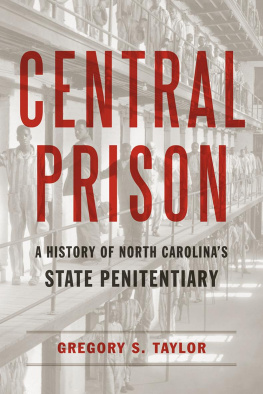


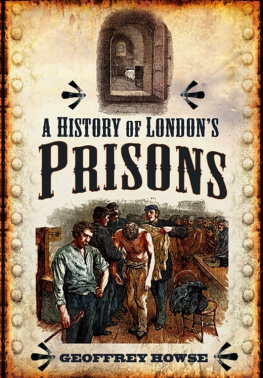
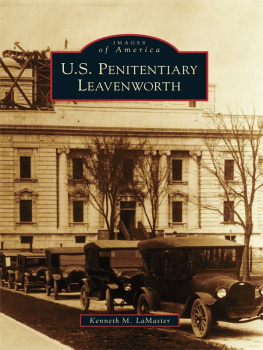
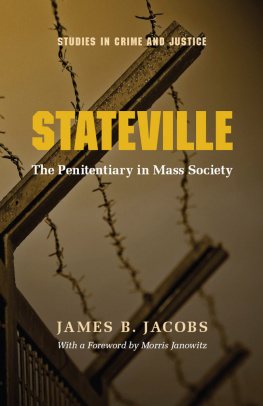
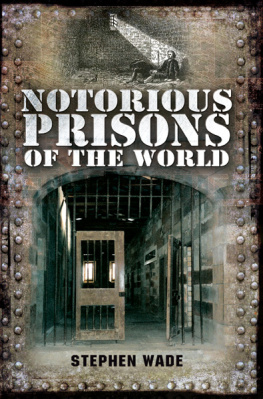

 This paper meets the requirements of the American National Standard for Permanence of Paper for Printed Library Materials, Z39.48, 1984.
This paper meets the requirements of the American National Standard for Permanence of Paper for Printed Library Materials, Z39.48, 1984.